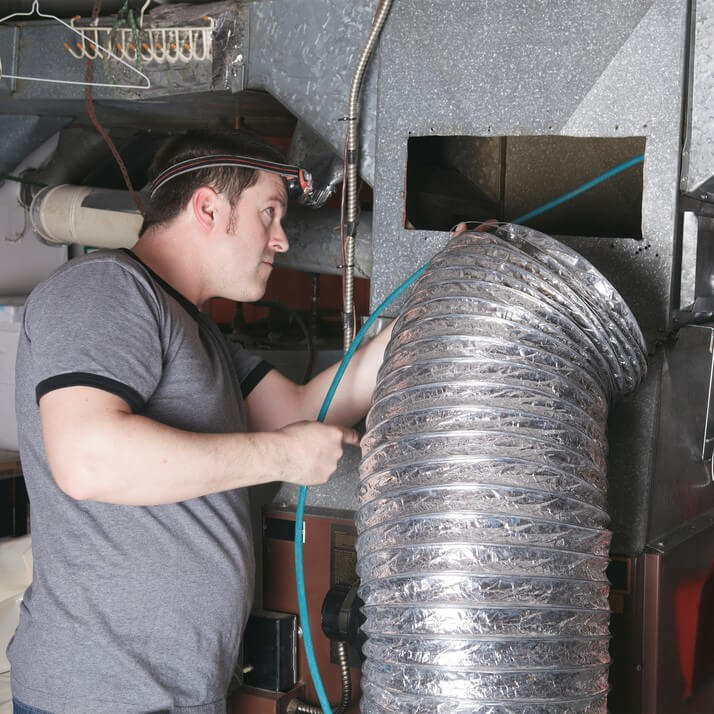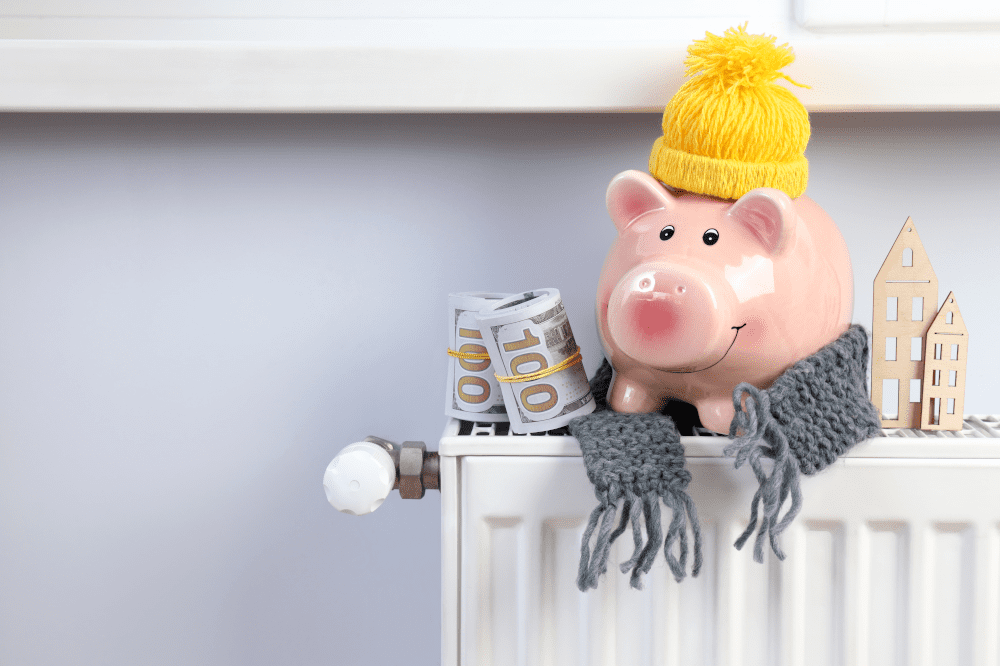
 HVAC requirements are part of home design and construction and achieving air balancing is one of the goals. Air balancing is important for your home to ensure your air conditioning is properly cooling your home and that your furnace is properly heating. If you didn’t know that it’s probably because the duct system and size of registers in your home’s HVAC system meet air balancing requirements. Read on to learn answers to what is air balancing and why is it important for your home?
HVAC requirements are part of home design and construction and achieving air balancing is one of the goals. Air balancing is important for your home to ensure your air conditioning is properly cooling your home and that your furnace is properly heating. If you didn’t know that it’s probably because the duct system and size of registers in your home’s HVAC system meet air balancing requirements. Read on to learn answers to what is air balancing and why is it important for your home?
What is Air Balancing?
Keeping you comfortable in your home is the job of HVAC systems, and air balancing helps achieve home comfort. Air balancing is needed when areas of your home have hot and cold spots. Another indication of a need for air balancing is that the energy costs spike.
Various issues can affect air balance. For instance, a lot of electronic equipment in one room could demand additional cooling. When a home is built, adjustments in the ductwork typically need to be made for west-facing rooms.
Why is Air Balancing Important?
Uneven temperatures detract from home comfort and energy-saving efforts. When a new cooling or heating season arrives, do-it-yourself air balancing can help keep energy costs down. Regular HVAC maintenance includes air balancing, as well.
New electronic equipment in your home can create the need for air balancing, whether a large-screen TV, computers, or lamps have been added. What happens is that heat distribution in the room changes. Vent adjustments may be needed to achieve air balancing in the home.
Window coverings can play a big role in air balancing. Heat in a room is magnified if there isn’t a covering over the windows. Energy use can decrease significantly simply by adding curtains, shutters, or some other kind of window covering.
Tips for Air Balancing in Winter
The quality of seals on doors and windows can have a big impact on heat loss. Check all windows and doors to ensure that they are tightly sealed. To demonstrate DIY steps in air balancing, more tips for the heating season follow:
- Adjust the heat in rooms that tend to be warmer than others as well as in rooms where heat is not needed. Adjust vents to redistribute heated air to the cooler parts of your home.
- Heat rises and, as a result, upper floors tend to overheat. Upstairs and in hall areas, vents may need to be closed to force air through the vents and into the rooms that require more cold air.
3 Ways to Tell Airflow is Unbalanced
1-High Energy Costs
The job of an HVAC system is to maintain a constant temperature. When that isn’t happening, the system runs more to compensate. Excessive use of heating and cooling systems results in high energy costs month after month.
2-Insufficient Air Flow
You know air balancing is needed if the rooms furthest from the HVAC system have little to no airflow coming from the register.
3-Hot or Cold Spots
When some of your rooms are colder in winter or hotter in summer, it’s because of an unbalanced HVAC system.
 FAE Air Conditioning Service
FAE Air Conditioning Service
Florida Air Express (FAE) offers HVAC maintenance that will diagnose furnace and air conditioning air balancing problems and much more. For help reducing energy costs, hot and cold spots in your home, and stress on HVAC systems in Lakeland and Polk County FL, contact the skilled AC technicians at FAE.
continue reading
Related Posts
Reducing Heat Loss and Lowering Energy Bills Some might not […]
The equipment that comes with your pool, the swimming pool […]
Sometimes the hardest part of a task is choosing a […]



